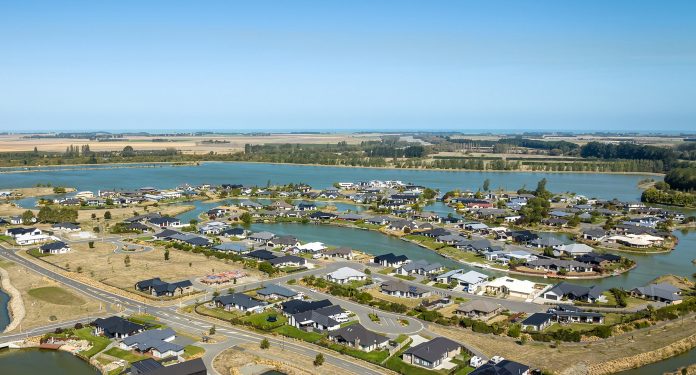Users of a popular Mid Canterbury recreational lake are calling for a review of its closure process.
The district council closed Lake Hood, near Ashburton, on April 3, due to health warnings sparked by toxic algae.
Water Ski Lake Hood secretary Janeen Donaldson said the club had independent testing results showing there was no justification for closing a ski lane.
Results from the ski lane showed 0.000069 total cyanobacteria, “nowhere near” the 10mm3/L that triggers a health warning, she said.
“The main lake and ski lane have never tested above health warning level.’’
Members want the main lake and ski lane to be re-tested, and if cleared, reopened until “water testing evidence justifies closure”.
“Lake Hood is distinct from many other lakes in that it has three very different bodies of water, all with unique water flows.
“It needs to be tested and considered as three specific areas.”
The closure, and its timing before week-long national championships, had widespread repercussions for water skiing, other lake users, residents and businesses.
‘‘It’s just not good for Ashburton.”
However, district council chief executive Hamish Riach reiterated the decision was due to “continued, clear evidence of an algal bloom across various areas of the lake”.
The lake was closed after two people were poisoned by the toxic algae before a health warning was placed on the lake on March 20. This included a jet skier.
He said the whole lake was one water body, including the ski lane.
Environment Canterbury water and land science manager Dr Elaine Moriarty said the worst-affected area was tested based on visual assessments.
This summer, that was the ski lane on three occasions (January 23 and 30, and February 5), reaching the amber level (between 3-6mm3/L), she said.
“When the lake entered the warning in March, we tested at different points of the lake, as this was where the algal blooms were most visible.
“This doesn’t mean that the ski lane wasn’t affected, or wasn’t above warning levels, it just means it wasn’t the worst affected area and therefore not selected for sampling.
“Because algal blooms move and shift across water bodies, we can’t rule out higher concentrations elsewhere.”





